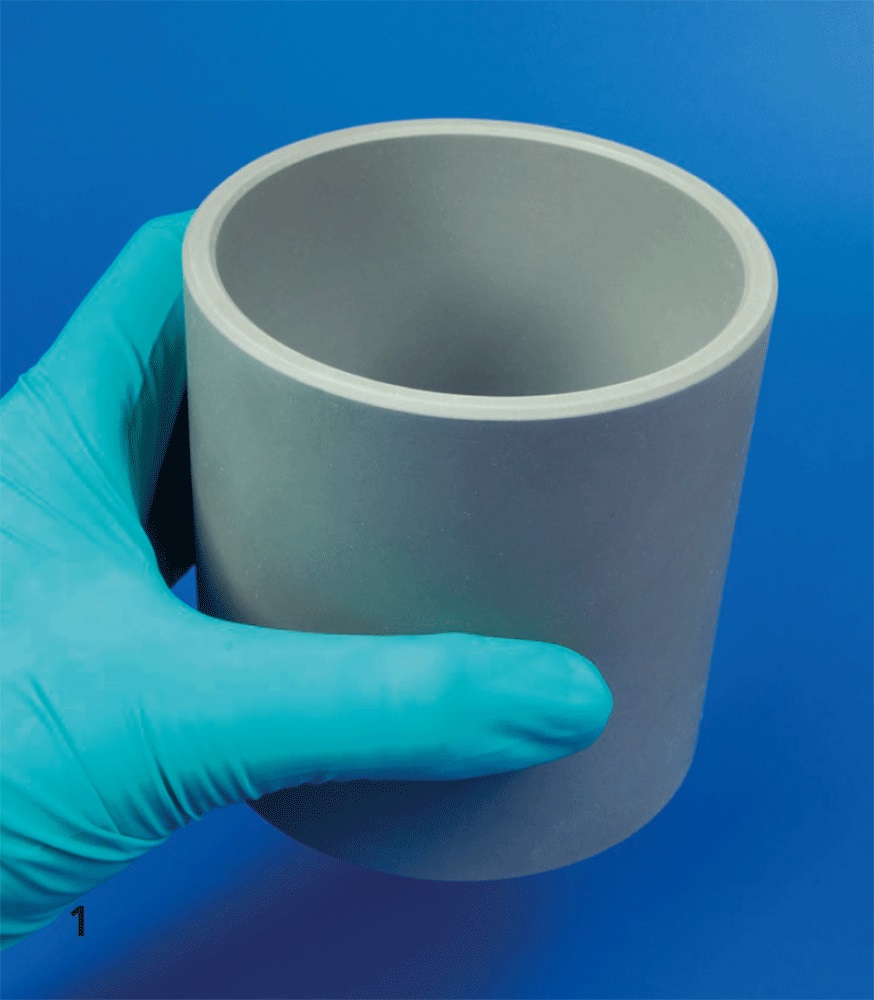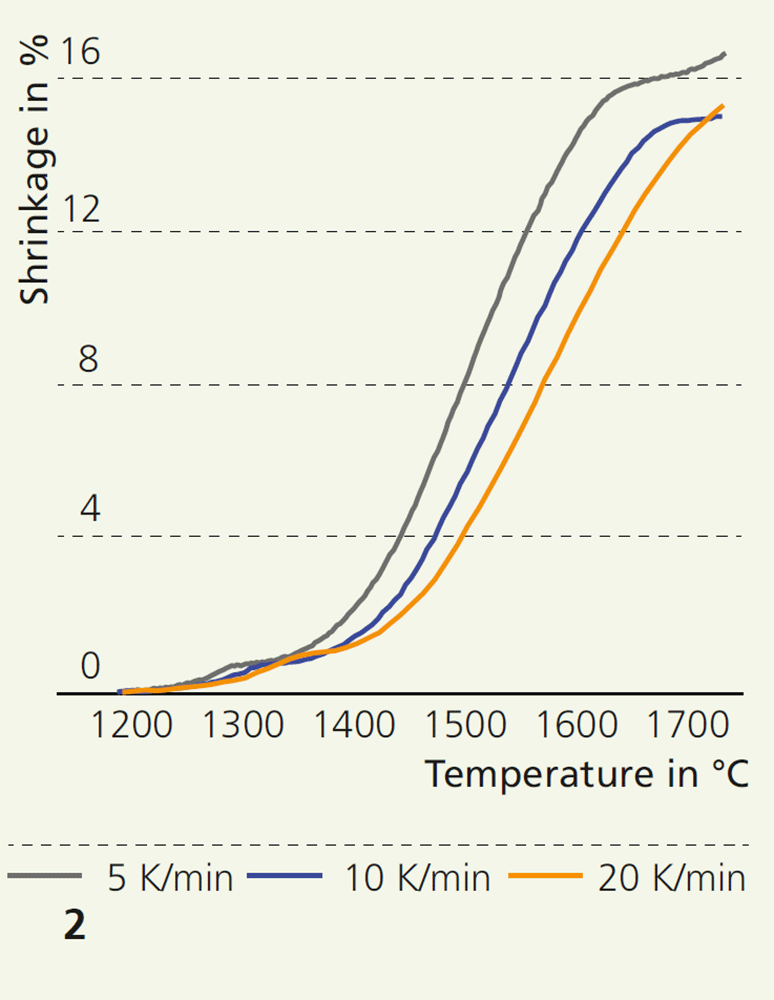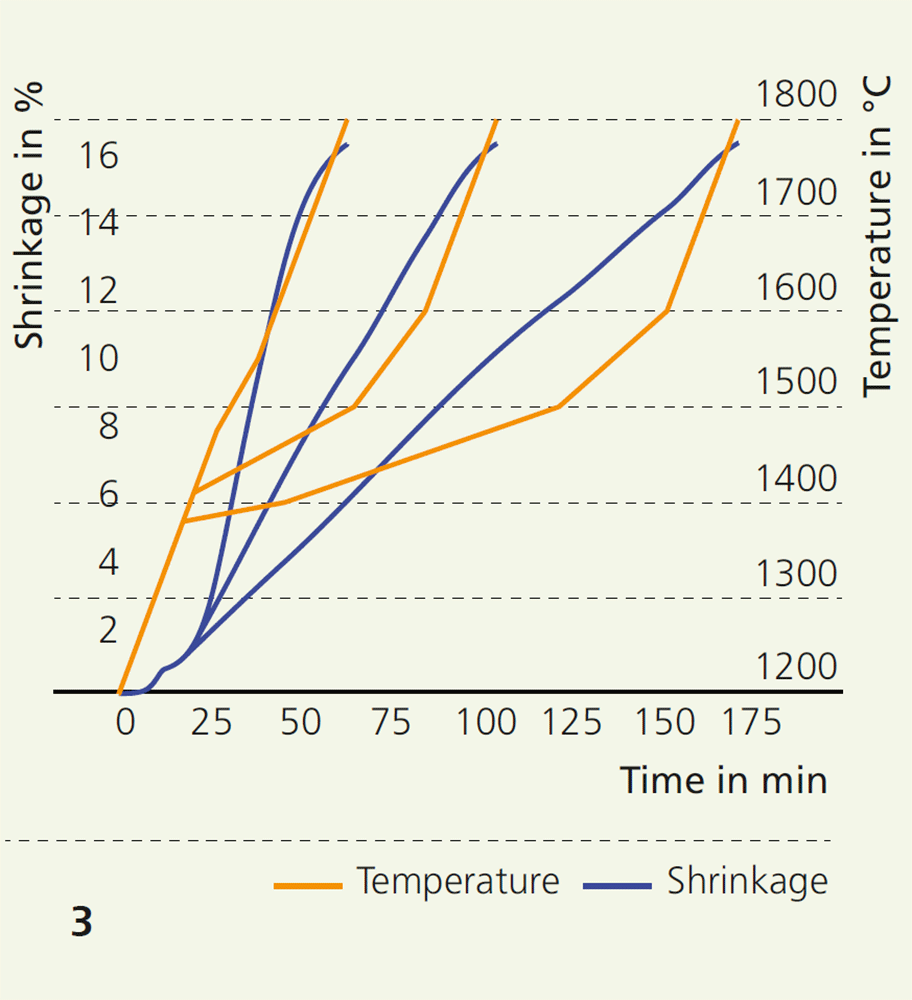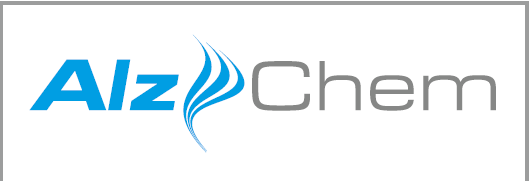
Optimization of sintering processes
Current research




To optimize sintering processes, Fraunhofer IKTS uses a variety of instrumented furnaces on a pilot-plant scale and thermoanalytical methods on a laboratory scale. Changes in the properties of the materials of interest are analyzed in relation to temperature, time, atmosphere and other process parameters (component size, furnace workload, among others) and the influence of these parameters on the product properties are determined. Particularly for the steps of debinding, outgassing and sintering, the results make it possible to control and optimize technical processes on a production scale.
When producing ceramics, precise knowledge of the shrinkage behavior during sintering and thus of the change in density is of particular interest. Thermodilatometric examinations on a pilot-plant and laboratory scale, for example, provide information on when sintering begins and ends, which helps to optimize the sintering processes for energy-efficient and cost-effective production. Other methods can be applied that describe the kinetics of sintering and allow to calculate the change in length for any temperature-time profile. This makes assessing temperature-time profiles possible without time-consuming laboratory-scale experiments or pilot-plant trials. This is demonstrated by characterizing, modeling and optimizing the sintering behavior of silicon nitride ready-to-press granules (Si3N4 RTP) provided by Industriekeramik Hochrhein GmbH based on the Si3N4 powder Silzot HQ of AlzChem Group AG. This involved determining the shrinkage behavior of debindered green bodies in the process dilatometer of a gas pressure sintering furnace at three different heating rates. The dilatometer was made of boron nitride (BN)-coated graphite. Figure 2 shows the results.
To calculate the minimum possible sintering time until closed porosity is achieved for various production scenarios (e.g. thinwalled or thick-walled products, dense or loose furnace workload), the shrinkage curves were evaluated using various methods (master sintering curves and formal thermokinetics). The modeling was used to design optimized sintering regimes. One approach consists in calculating simplified temperaturetime profiles for a constant sintering speed (RCS: rate-controlled sintering). Such profiles (Figure 3) are characterized by timesaving process management. Additionally, cracks and similar defects become more rare because they often arise from high stresses caused by high sintering rates.
Supported by

